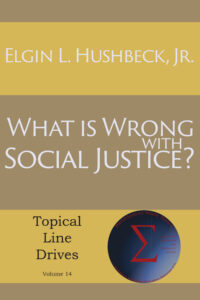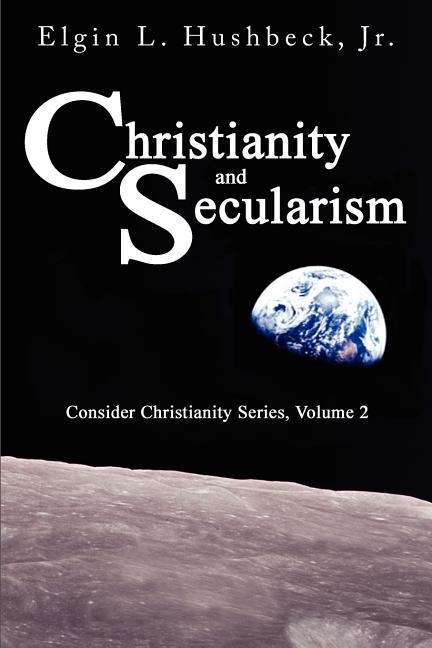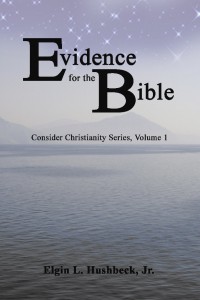Review: Why Four Gospels. By David Alan Black
Monday, April 25th, 2011 by Elgin HushbeckThere are two types of books that I particularly like. First are those books that clearly, concisely, and rationally lay out and defend a position from differing points of view. Sadly, many books lack this attribute, in one form or another. Many authors simply assume their position and don’t even mention opposing points of view. When they do, it is often in such a straw man fashion as to be barely recognizable to their respective supporters. Secondly are books that argue in favor of a minority position. Even when I believe they are wrong, they ‘keep me on my toes’ so to speak; challenging me to consider evidence I may not have fully considered. As James Burke points out in his BBC series, The Day the Universe Changed, we all have a basic built-in tendency to ignore any evidence that does not fit how we view things.
In Why Four Gospels, David Alan Black has succeeded in both areas. First, the majority view. No one disputes that there is a close literary relationship between the Gospels of Matthew, Mark and Luke, as they are just too similar, and in fact in some places match word for word. While there are numerous variations, the majority view is basically that Mark was written first, and then was used in the creation of Matthew and Luke. The variations emerge because, while this would explain a lot, it does not explain all of the literary relationships, such as the places that Matthew and Luke agree, but differ from Mark. Based on this some argue that Luke was based on Matthew as well. Others postulate a hitherto unknown source called Q. But whatever the variations, the majority all agree that Mark was the first to be written.
In a mere 78 pages, Dr. Black clearly, concisely, and rationally points out the problems with the majority position and lays out the evidence for a different point of view, a view in which Matthew was written first, and then latter used in the writing of Luke. The Gospel of Mark, rather than being written first, was the last of the three and based on the other two according to this view.
Now it is important to note that Dr. Black’s book, while based on serious scholarship, is not, as he points out “written for biblical scholars” (p. v). Thus the book is very accessible to anyone with an interest in this question. The layperson will find the argument summarized without scholarly jargon or a need to understand Greek, while those interested in exploring the questions raised in greater detail will find a twenty page Bibliography to get them started.
Of course the most obvious question is what leads Dr. Black to such a different conclusion than the majority. At its core, the difference comes from how one views the various types of evidence. Markan priority, the majority view, is based primarily on internal evidence; that is the detailed comparison and analysis of the passages that three Gospels share in common, along with the passages where they differ, to try and determine which was written first and who used whom. That this method has not yielded a clear answer, but has many variations, and in some cases has had to invent new sources such as Q to make it work, is enough to call it into question for Dr. Black.
The view that Matthew was written first is based on external evidence, primarily the statements of the earliest church fathers, those closest in time to their writing. One of the real benefits of Why Four Gospels is that, rather than just discuss these references, it quotes all the relevant passages. The reason for this is pretty clear. “Whenever the four Gospels are mentioned, Matthew always heads the list”(p. 28). In fact, patristic evidence argues pretty clearly and consistently against the modern view of Markan priority and in favor of the view Dr. Black lays out.
Thus, whether or not one ultimately agrees with Dr. Black’s view, Why Four Gospels preforms a valuable service. Its clear and concise arguments, its laying out of the evidence from the earliest Christians, its rational critique of the evidence behind the majority position, is sure to challenge, if not convince. If nothing else, it will challenge the existing notion of many biblical scholars that the earliest Christian sources are “inconsistent, contradictory, and insecurely based” (p. 33), a view that, while common among biblical scholars, is not shared by scholars of Classical Greece and Rome.
Thus Dr. Black’s Why Four Gospels is an important work that should be read by every serious student of the New Testament.






